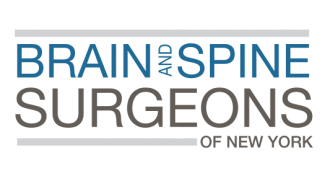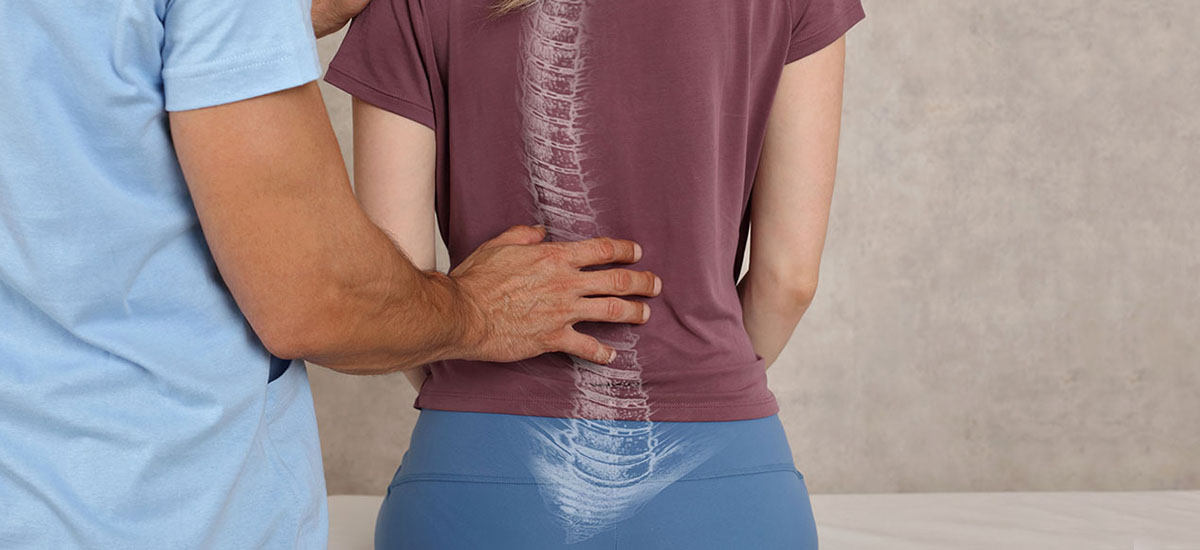
Conditions Treated
While scoliosis is not a disease, in some cases it can be caused by a disease. More often, however, scoliosis develops from an unknown cause during adolescence or from spinal degeneration during adulthood. There are many types of scoliosis that occur in children and adults, including:
- Congenital scoliosis occurs before birth when the spine doesn’t form, correctly.
- Infantile Idiopathic scoliosis appears in children younger than three years of age.
- Early-onset scoliosis appears between birth and 10 years of age.
- Juvenile idiopathic scoliosis affects children between the ages of three and nine and is characterized by the presence of an abnormal curvature of the spine. This curvature causes the spinal column to bend to the left or the right, in the shape of an S or a C.
- Adolescent idiopathic scoliosis occurs as a child grows older and manifests as a curving and twisting of the spine.
- Degenerative scoliosis affects adults through the wear and tear of the skeletal system.
- Neuromuscular scoliosis occurs when there is a problem with the muscles or nervous system.
-
Scheuermann’s Disease is a condition in which a child has too much curvature in the middle of the back and most often typically occurs during periods of accelerated growth, leading to a rounded or stooped posture.
- Syndromic scoliosis occurs due to any number of syndromes, including Marfan’s syndrome, Beal’s syndrome, and Trisomy 21.
- Kyphosis is an exaggerated, forward rounding of the back. It can occur at any age but is most common in older women. Age-related kyphosis is often due to weakness in the spinal bones that causes them to compress or crack. Other types of kyphosis can appear in infants or teens due to malformation of the spine or wedging of the spinal bones over time.










